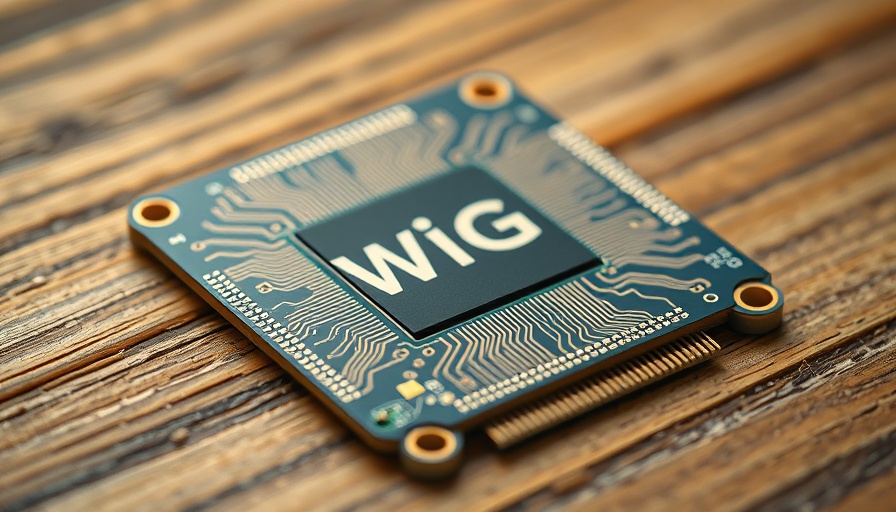
How Radar Technology is Transforming Home Automation
The integration of radar technology into home automation systems marks a significant advancement in the quest for smarter living environments. These systems leverage radar waves, allowing for the detection of humans and the automation of home functionalities based on their presence. Unlike traditional sensors, which can be limited by environmental factors such as lighting or temperature, radar modules operate effectively in various conditions, enhancing reliability and privacy.
Understanding the LD2410B Radar Modules
Among the most notable advancements is the LD2410B radar module, utilized for its affordability and effectiveness in detecting human presence. This module incorporates an onboard microcontroller along with integrated antennas, which simplifies the setup process. With both binary output and UART capabilities, it can not only signal human detection but also provide detailed information regarding movements in a room. This data can be easily integrated with systems like Home Assistant, enabling seamless automation of lighting and other functions.
Overcoming Practical Setup Challenges
Setting up these radar modules can present certain challenges, particularly when it comes to housing the units. As noted by DIY enthusiasts, the radar's short wavelengths mean it doesn't penetrate solid objects well. Finding the right enclosure—one that maintains the radar's sensitivity without obstructing its functionality—can be a trial-and-error process. Clever modifications, such as crafting a bespoke, thin plastic bezel, can enable effective use in home automation projects.
Privacy Concerns and Technology's Role
As smart homes become equipped with advanced detection systems, privacy remains a paramount concern. mmWave radar technology, which is increasingly being integrated into home automation, respects user privacy by relying on the reflection of radar waves rather than capturing images or personal data. This innovation positions radar as not only a safe option for automation but also highlights its potential in personal health monitoring.
Future Innovations on the Horizon
Investments into mmWave technology suggest a burgeoning market for more sophisticated detection systems. Future iterations of radar modules could offer enhanced detection capabilities, optimized for diverse applications—from health monitoring to intelligent lighting systems that adapt to the user's needs. As developers continue to explore the potential of these sensors, users can expect more seamless integrations that will ultimately enrich their living experiences.
For anyone considering enhancing their home automation setup, investing in radar technology could be a game-changer. With its reliability, effectiveness, and commitment to privacy, integrating devices like the LD2410B into daily life can foster not only convenience but also a deeper connection with one’s living environment. Explore possibilities today and become part of the smart home revolution!
 Add Row
Add Row  Add
Add 




Write A Comment